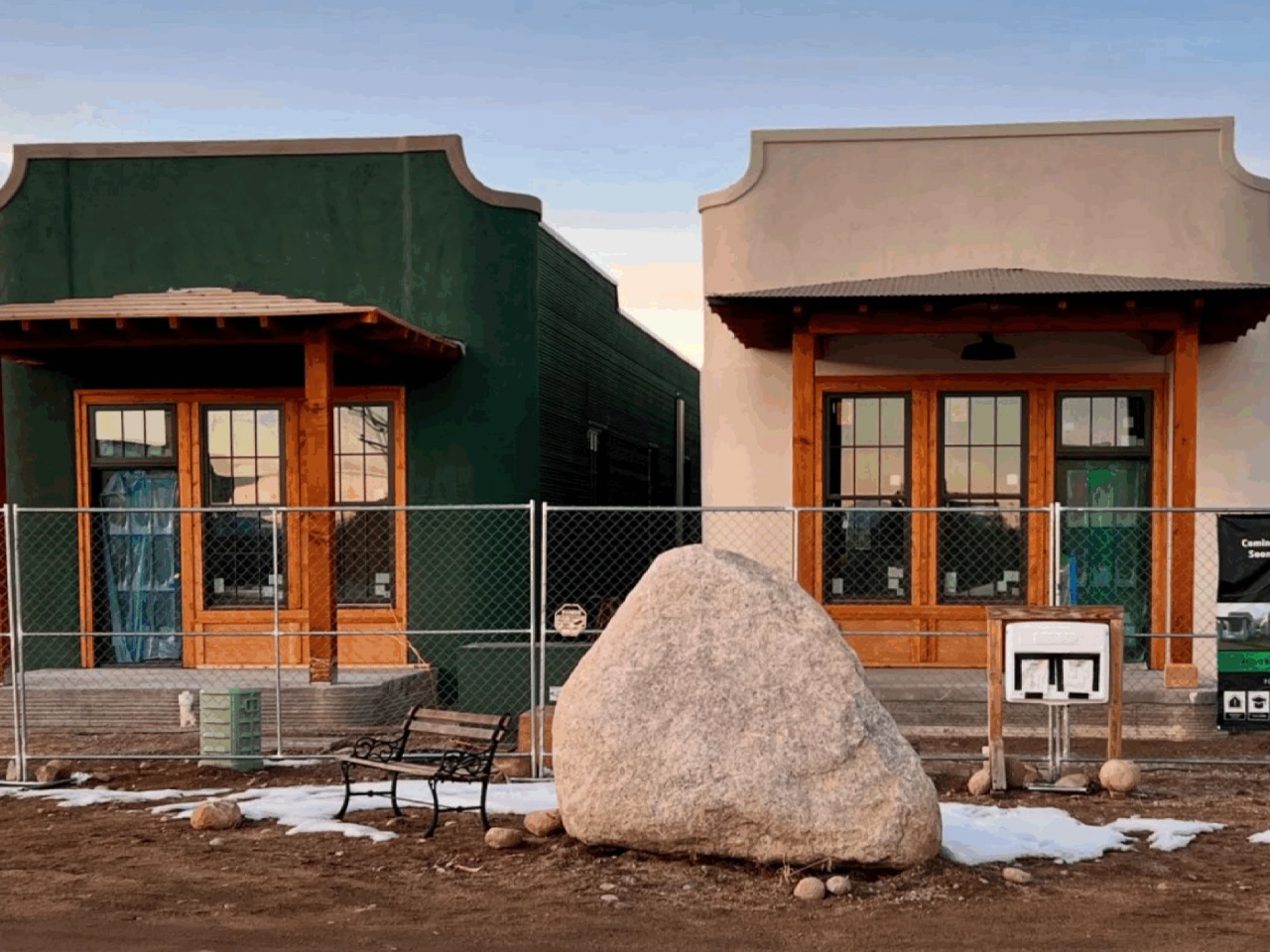
"Two concrete homes sitting side by side in Buena Vista, Colorado, look ordinary enough from the street. One has a green stucco finish, the other shows off layered concrete walls. But these twin houses, called VeroVistas, were built in a way that's never been done before in the state-printed layer by layer using a massive 3D concrete printer. VeroTouch, the company behind the project, spent months figuring out how to make 3D printing work for real homes that real people would live in."
"The payoff came when they finished the second house in just 16 days of actual printing time. That's from the concrete slab to the top of the house, according to automation engineer Ashley Fant, who gave tours during the homes' February open house. The first home took approximately a year and a half due to research and development, while the second required only half that time."
"These homes were designed specifically for Colorado's wildfire problem. Nearly half the state's residents live in areas where fires pose a real threat, and traditional wood-frame houses burn. The VeroVistas homes use A1-rated concrete walls that won't catch fire or feed flames-the highest fire resistance rating you can get. The concrete walls do not fuel combustion at any stage, providing a stark contrast to conventional wood-framed construction that remains vulnerable to increasingly frequent wildfire threats across Colorado's mountain regions."
VeroVistas are twin concrete homes in Buena Vista, Colorado, printed layer by layer with a massive COBOD BOD2 3D concrete printer. One house uses green stucco; the other shows layered concrete walls, and one hides its printed origins behind stucco. The first home required about a year and a half for research and development; the second required roughly half that time, with just 16 days of actual printing from slab to roof. The 1,100-square-foot homes feature heated bathroom floors, quartz countertops, GE appliances, and A1-rated concrete walls that do not fuel combustion, improving wildfire resilience and reducing manual labor.
#3d-concrete-printing #wildfire-resistant-construction #automated-construction #residential-innovation
Read at Yanko Design - Modern Industrial Design News
Unable to calculate read time
Collection
[
|
...
]